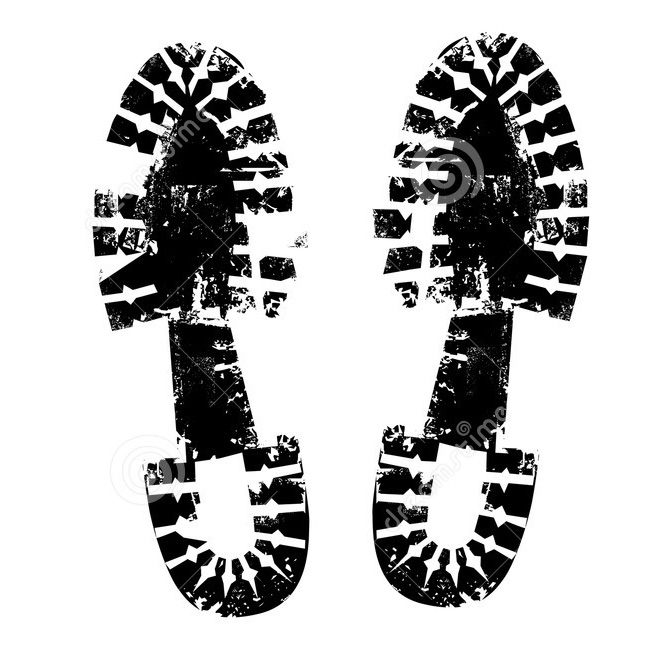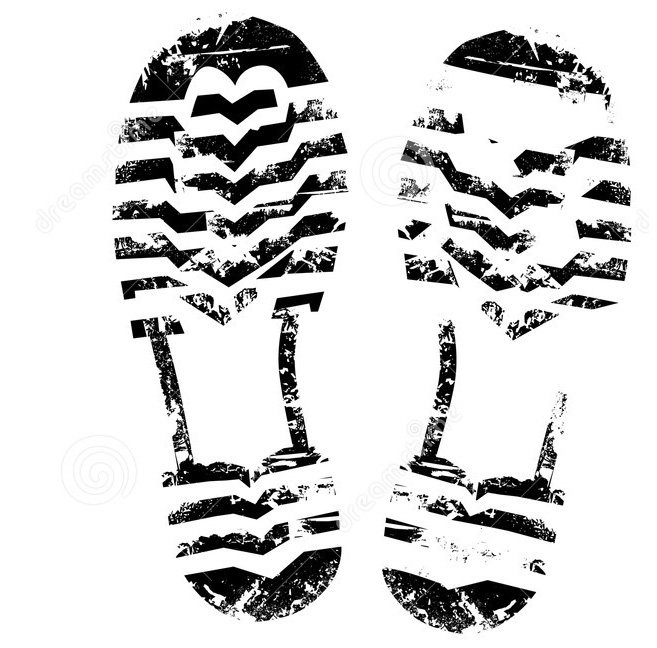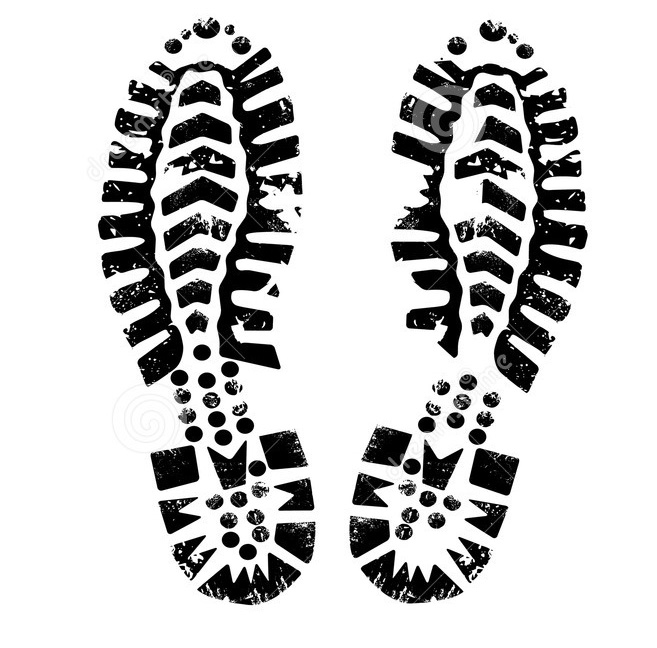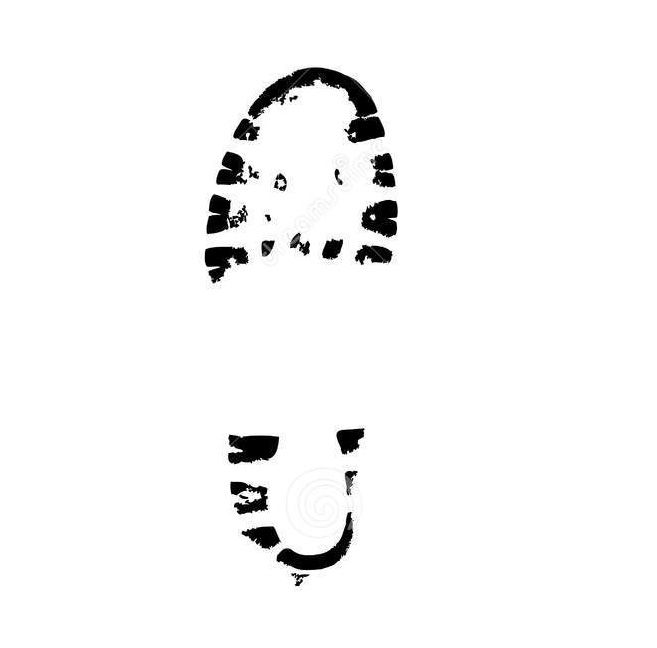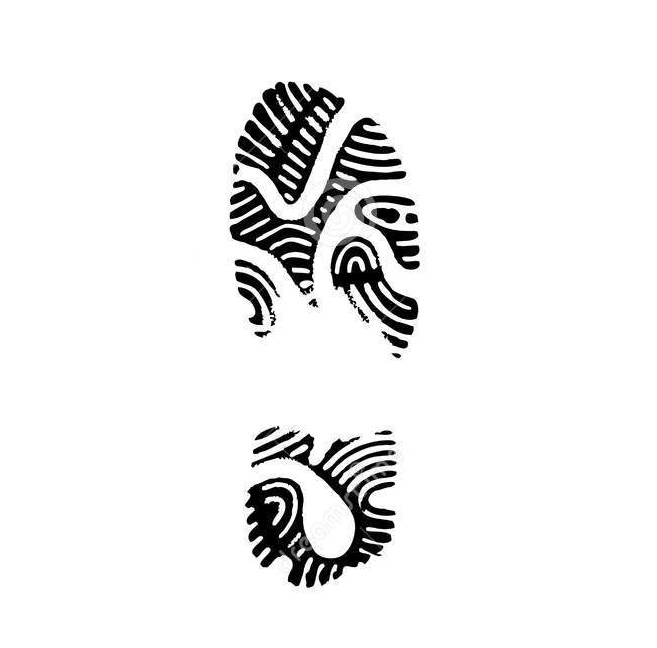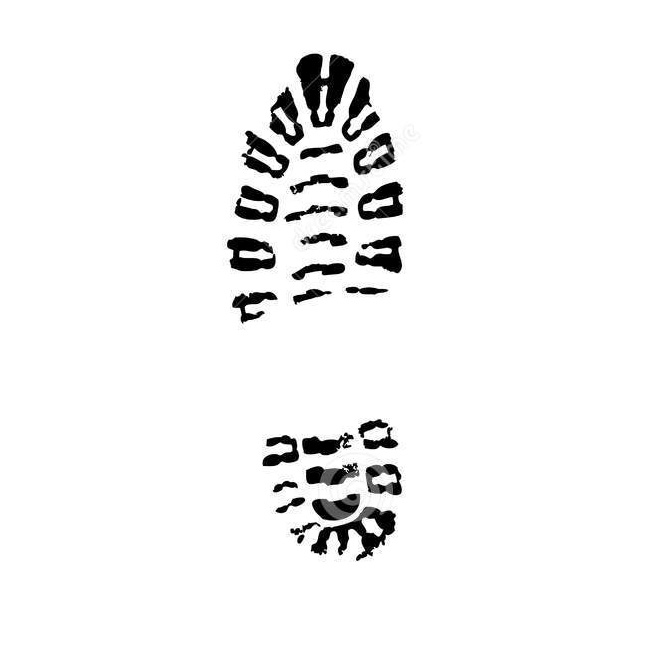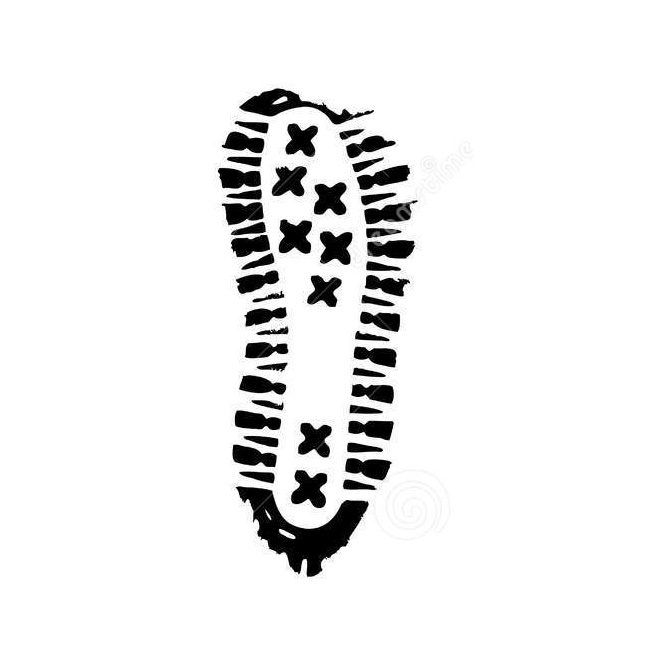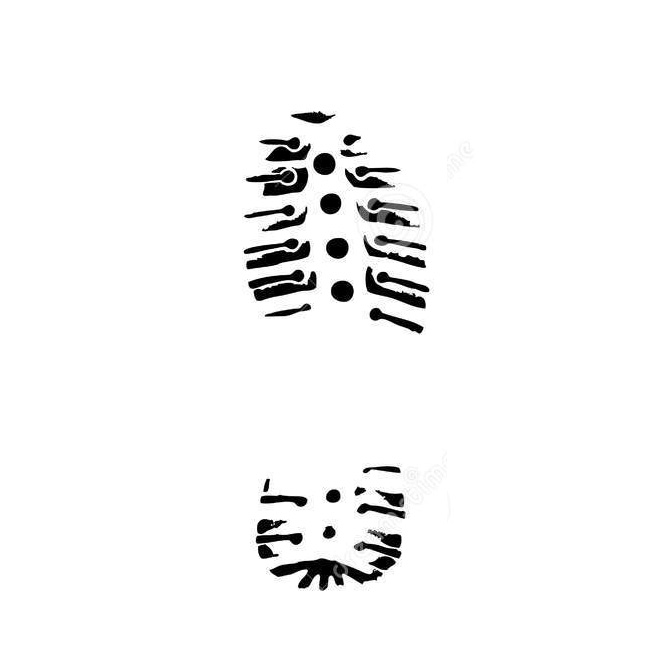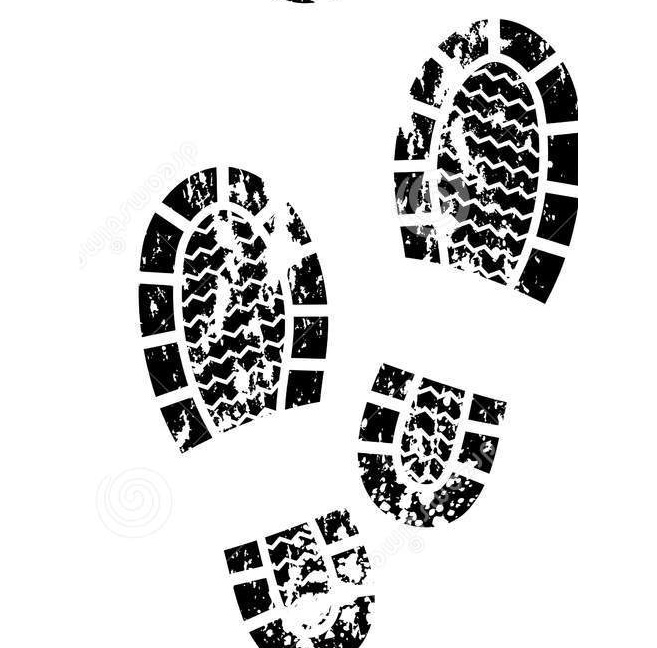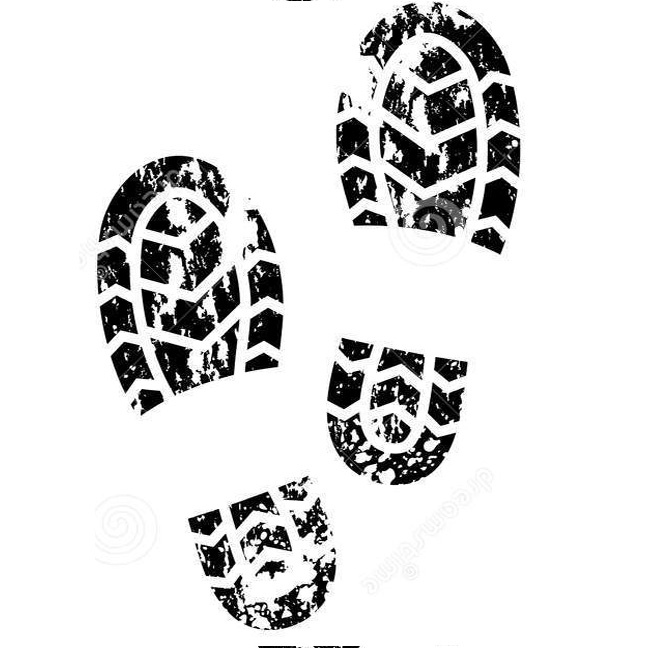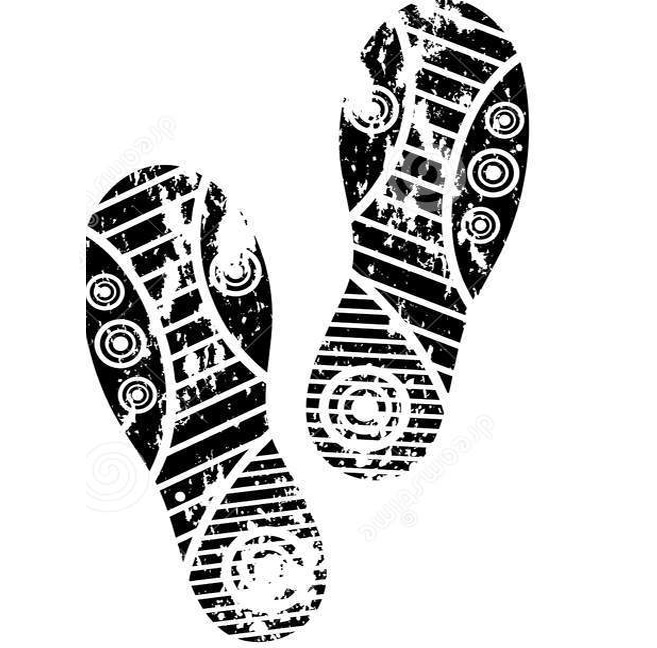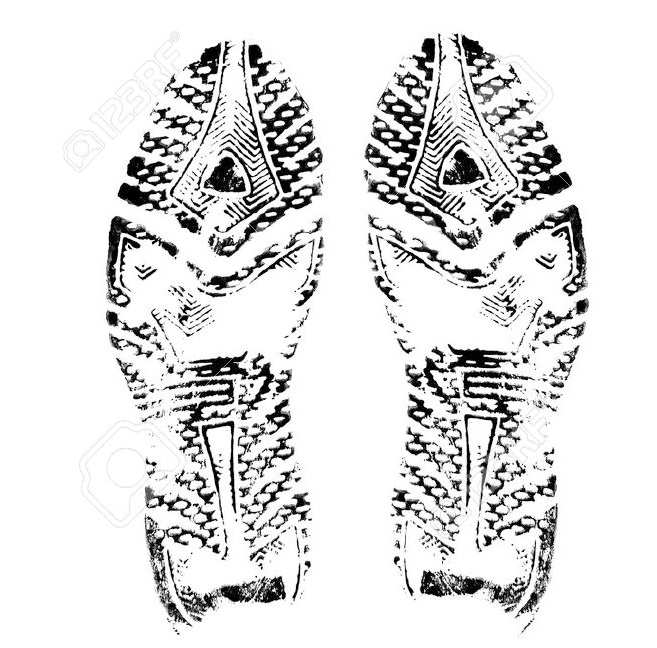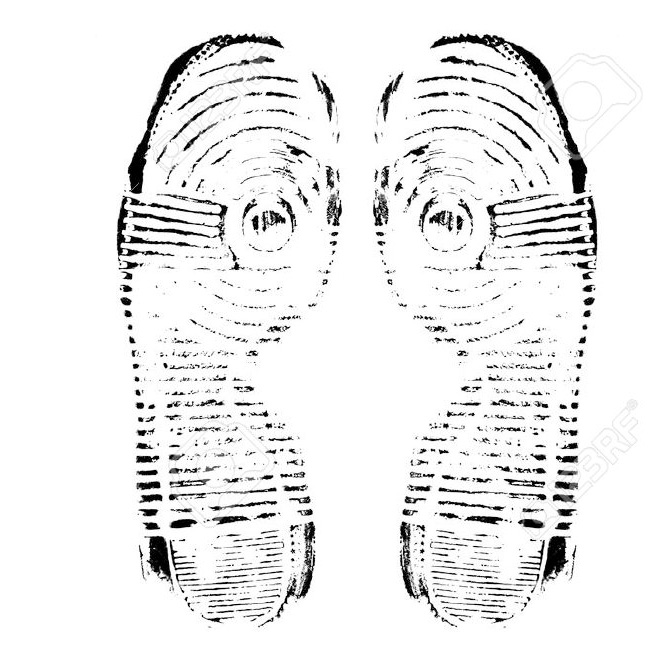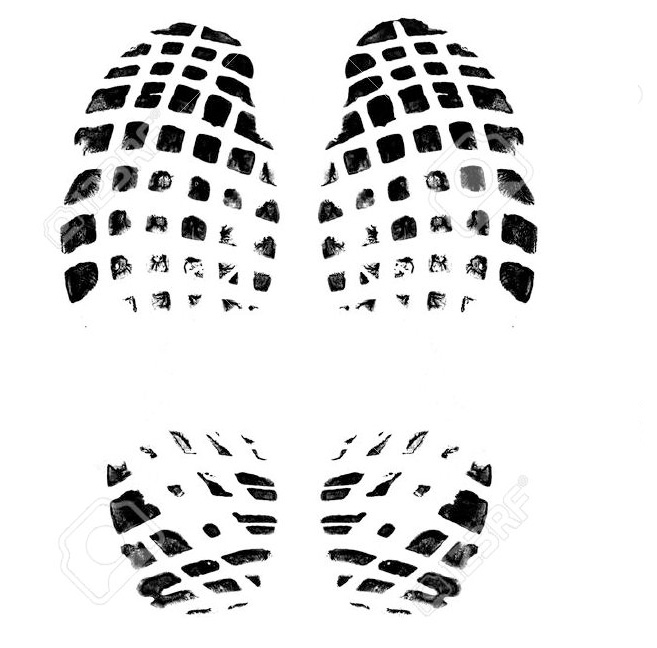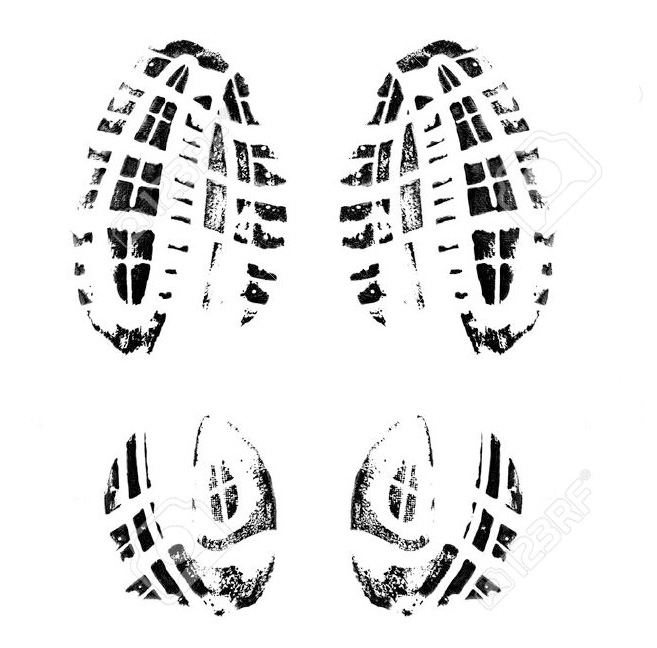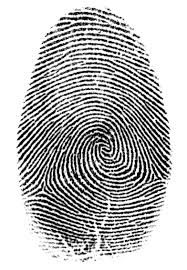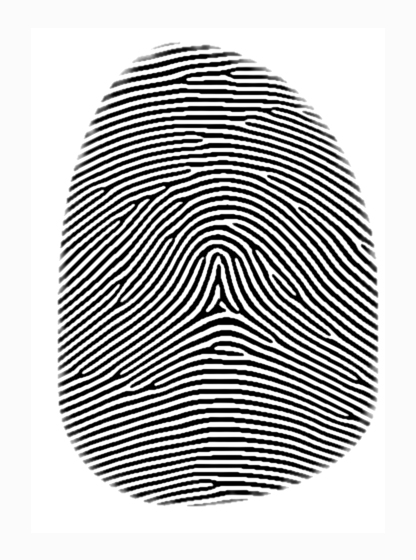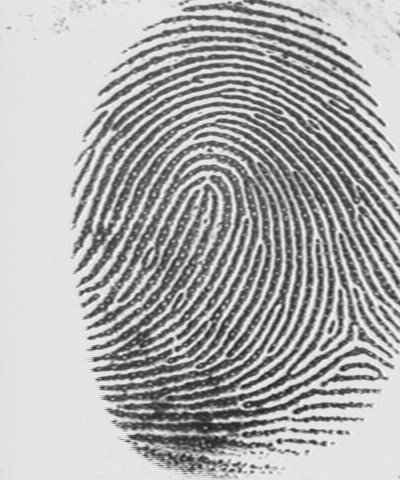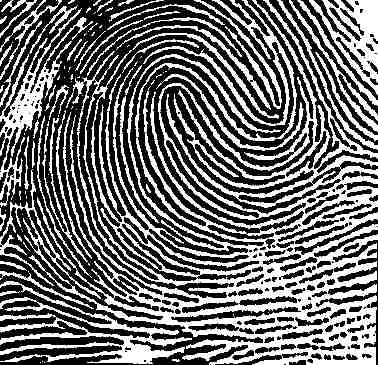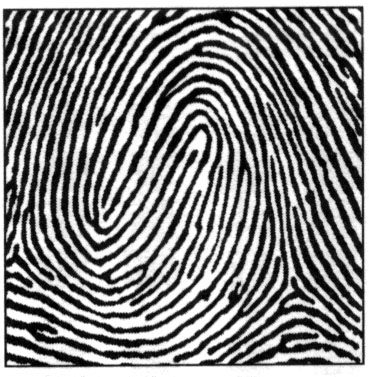Evidence & Investigation
Police deal with evidence on a daily basis. Physical evidence can prove a crime has been committed or establish key elements of a crime. Physical evidence can be as large as a house or as small as a fibre.
The ability to recognize, collect, and use evidence from a crime determines the success of an investigation.
Investigators must gather evidence to determine what happened at a scene under investigation. Evidence left behind sometimes gives investigators the information they need to find suspects.
Deductive reasoning:
Questioning
Predicting
Categorizing
Piecing together information
Making connections
Looking at the whole picture to problem solve
Nothing is assumed! All is backed up by CLUES or physical evidence!
Suspect:
A person accused of a crime
Victim:
The person the crime is against
Red Herring:
A false clue that is planted to throw off detectives
Means:
Clues that show how a crime was committed
Motive:
Why a suspect commits a crime
Opportunity:
The chance to commit a crime
Recognize Types Of Evidence Found At The Scene Of An Activity
Testimonial Evidence:
Oral or written facts made by witnesses
I saw Johnny at the bus stop at 2:00 pm
Physical Evidence:
Any material object, where its physical characteristics plays some actual role in proving a fact in a circumstance
Finger prints
Foot prints
DNA evidence
Circumstantial Evidence:
Are facts from which inferences can be drawn.
Your fingerprints are found at a crime scene, therefore at some point you were at the crime scene
Animal Tracks
Cat & dog tracks:
Both dogs and cats have four toes around a pad, but dog tracks show claws. The pad shape may change depending on the dog or cat.
Squirrel & Rabbit tracks:
Squirrels and rabbits also leave tracks that may look alike. They both move like they are playing leapfrog; when they hop, their larger hind feet leave prints just in front of their smaller front feet.
Squirrels and other animals that climb trees put their front paws side by side when they hop.
Deer & Moose tracks:
Deer tracks appear in pairs and alternate between left and right.
Duck/bird tracks:
Bird tracks alternate between left and right, and their may be gaps between tracks where the bird hopped or took flight.
Make a Poster Outlining different animal tracks
Create a poster using two different colours of construction paper
One colour should be the background
The other colour should be the cut out of the single paw prints
You may draw the tracks part underneath the paw prints
The first prints should be a cat and dog, then you may decide the rest
How To Recognize Evidence Of Recent Human Activity
If anything (animal or human) leaves tracks in the ground, an investigator can estimate how big it was or how it moved.
Footprints:
Investigators look at the following for tracks:
How big the tracks are.
How far they sink into the dirt.
The stride length is the distance between the tracks. Strides far apart indicate that the animal or person was moving quickly or running.
Investigators can also tell how heavy a person was based on the depth of the depression left in the soil.
Deeper tracks indicate a heavier person
Shallow tracks indicate a lighter person
They can also tell how tall a person is and what their shoe size is.
In order to preserve footprint evidence, investigators will
measure
sketch
photograph
Tire Prints
Tires come in a variety of shapes, patterns and sizes, and can show an investigator:
size of car
load or mass
make and model
direction of escape
speed of car
Soil Samples
Investigators sometimes collect soil samples. When examining soil, investigators look at the following:
Its colour
The type of rocks found
Decaying plant and animal material it contains
Its chemical makeup
The colour of soil can tell investigators which region the soil came from.
By investigating the decaying plant and animal material a soil sample contains investigators can determine the habitat of a given area.
Analyzing handwriting Samples
1. The formation of the handwriting, such as the shapes of the letters (loop, dotted i, crossed t) and their slant angles, connections and curves
2. The line quality, or the thickness of the line as a result of the type of writing instrument used and the pressure exerted while writing
3. The arrangement on the page, including spacing or size of letters/words, alignment, formatting, how letters are joined and unique punctuation
4. The content, including the spelling, phrasing, punctuation, grammar and style
In addition to analyzing the style of the handwriting, investigators look at what paper was used and the type of ink.
Comparing Samples of Fabric
Clothes can be used as evidence. Investigators can test fibres from cloth samples found at crime scenes. The material can be matched up to a suspect’s clothing.
Two types of fibres:
Natural Fibres - made from plant or animal (wool, cotton, silk, leather, linen and fur)
Synthetic Fibres - man made using petroleum products or other chemicals (polyester, nylon, and plastic)
Fibres and threads make up cloth and different material are woven differently and can be traced back to a specific brand.
When observing the samples of fabric investigators look for:
Test for colour or dye in the fabric
Test for thread or weave pattern (loose or tight)
Weight and texture of the fabric
Strand size (thick strands or thin strands)
Flammability
Ability to absorb water (does it absorb or not absorb water)
Wrinkle resistance
Stretch (elastic or inelastic)
Fingerprints
There are three ways fingerprints can be obtained or lifted from the crime scene using light/dark powders
Latent prints are invisible prints caused by the transfer of perspiration and oils from the skin onto another surface.
Visible prints are made by contact of the skin with a coloured material prior to leaving the print on a surface.
Plastic prints are impressions of prints left on a malleable surface.
There are 3 main types:
Whorl - Circles that do not exit on either side of the print
Arch - lines that start on one side, rise into hills and then exit on the other side of the print
Loop/double loop - lines that rise up and exit on the same side of the print
Composite/mixed - combo of the above or something that does not fit the others
Powders:
Dark powder used for obtaining fingerprints from a light coloured object (ex. paper)
Light powder used for obtaining fingerprints from a dark coloured object (ex. Iphone)
Chromatography
Investigators analyze ink on the note left at the scene of a crime to help figure out what kind of pen was used. Analyzing ink is done with chromatography.
This is a method for analyzing complex mixtures by separating them into the chemicals from which they are made.
Chromatography is also used to separate and identify all sorts of substances in investigative work (drinks, dyes in fabric, foods)






